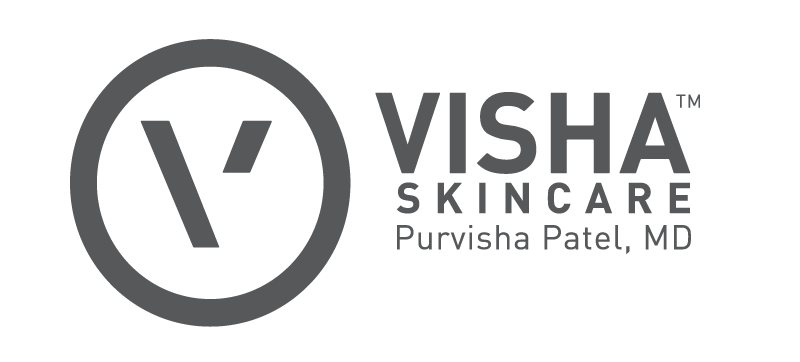
BYRDIE posted "Ask a Dermatologist: Are Pore Strips Bad for Your Skin? " featuring Dr. Purvisha Patel and Visha Skincare .
The article includes Dr. Patel's expert commentary on pore strips and their effectiveness on actually clearing pores and blackheads.
Remember when pore strips first surfaced? Happy teens graced television ads, peeling away a paper-like strip from their noses and marveling with delight at all the gunk that came out. For me, I've never truly experienced the happy-teen-in-a-pore-strip-commercial sensation: Usually, when I peel them away, my eyes water, I pause in between small tears to take a breather, re-evaluate my life decisions, and curse the skin gods for burdening me with clogged pores, all to finally unveil just a few clogs leftover on the strip. A quick (and gross) Google search will have you believe that pore strips are extremely effective, so maybe I've just always done it wrong? However, a poll in the office made us all question whether these painful strips are even safe in the first place.
How Do Pore Strips Work?
In theory, pore strips work to clean your pores by clinging to the buildup inside them. "Pore strips are strips of material with an adhesive on one side to adhere to and pull out open comedones or blackheads," Patel explains. "Blackheads happen when oil in the pores of the skin is exposed to air and oxidized, resulting in [a black appearance]. If the adhesive truly grabs the oil and pulls it out, voilá—the blackhead is taken out."
As far as their effectiveness, other dermatologists aren't so convinced. Patel continues, "The ability of the strip to adhere and clear the pores is a variable factor, and pore strips may not work for everyone, especially those that may have adhesive allergies." Herrmann adds, "Although they are marketed well, most aren't powerful enough to 'clean' pores."
